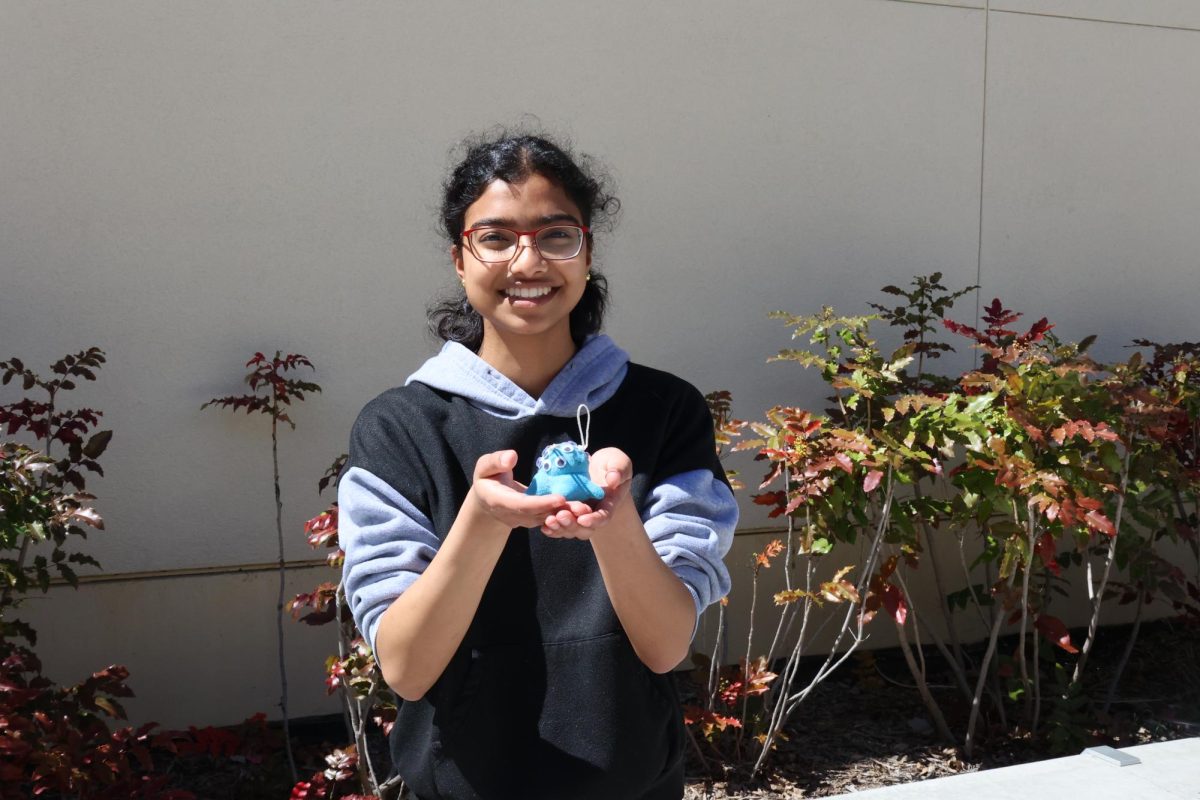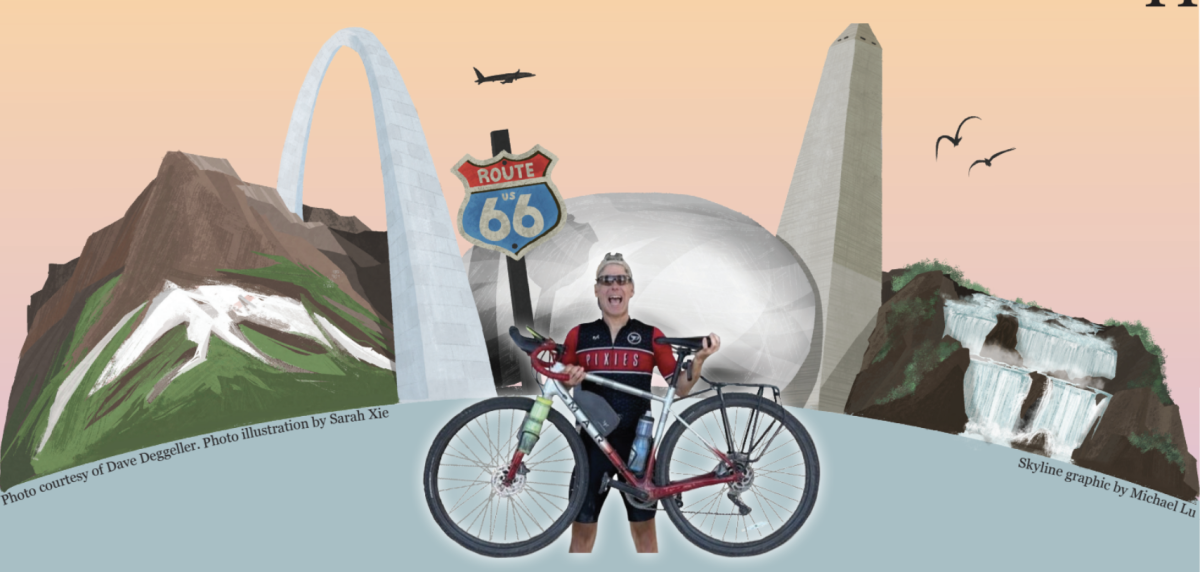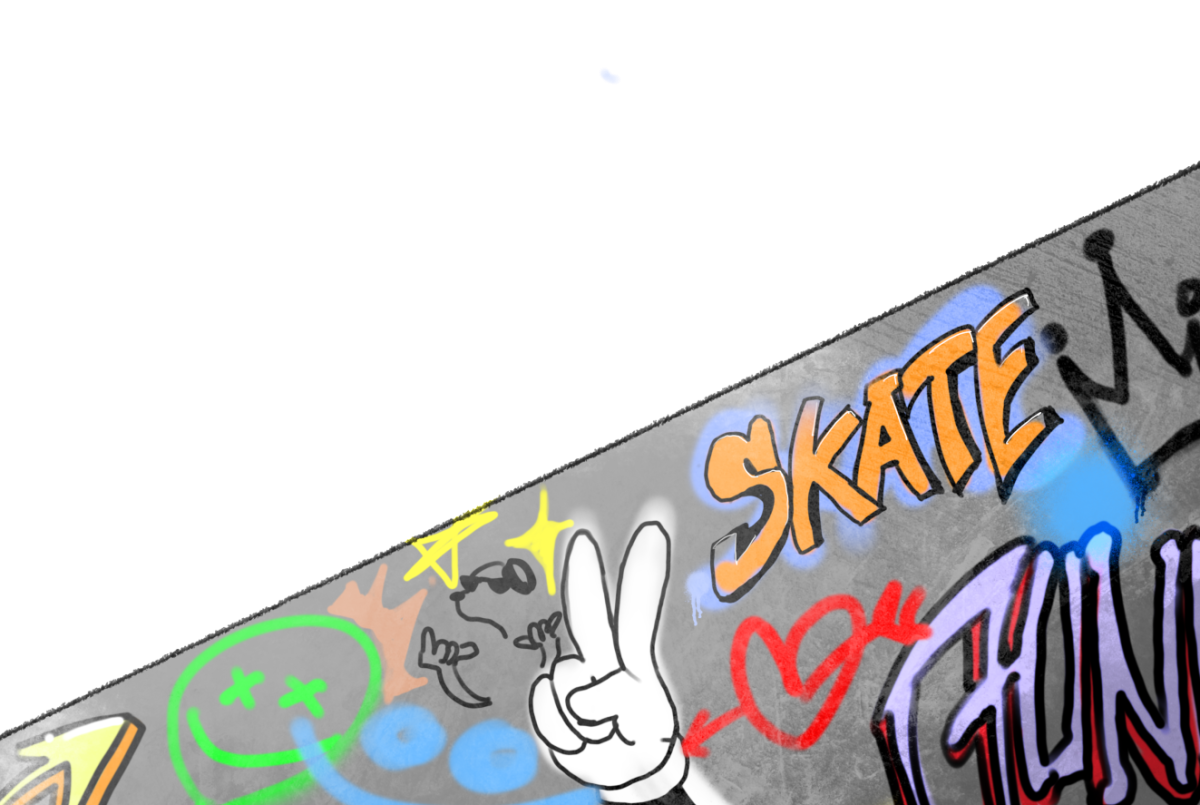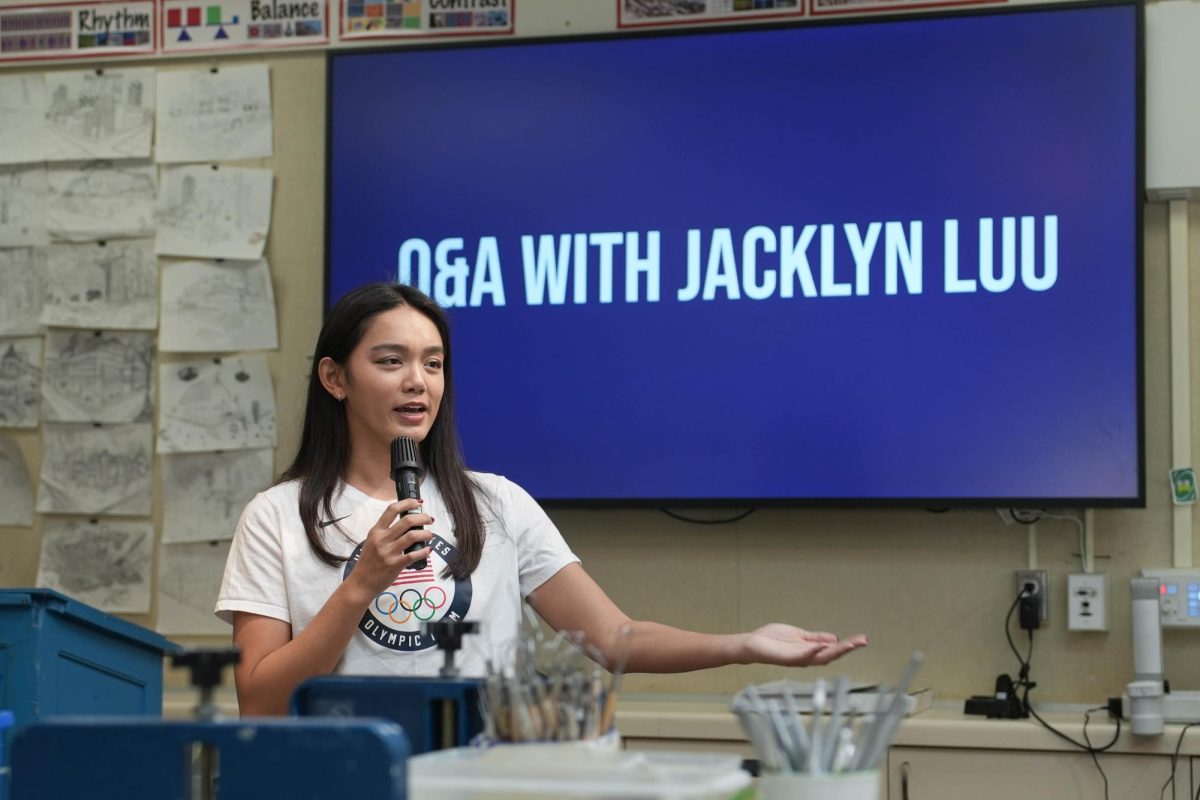Written by Ryeri Lim
Last week, my parents and I drove into San Francisco at 7 a.m. to renew our immigration visas. Despite the light blue walls and calm, orderly atmosphere, a hard-to-place tension buzzed between those of us in the waiting room.
Or maybe only I felt it. My person of color experience has fortunately differed from that of many other Americans—for most of my time in San Francisco and Palo Alto, I’ve been immersed in communities of people who, if not South Korean, at least share my black hair and flatter facial features. It’s no wonder I so acutely sensed being “other”-ed.
To be “other”-ed means to fall victim to the implication that you don’t belong, that you’re not among the norm. For many, this sensation is prevalent enough that we can’t figure out what’s wrong with it. After all, I’ve only ever experienced life as a racial being: someone whose identity is excessively tied to her race or color. And on the other side of the wall, people who possess the “default” whiteness can rarely conceive the pressure that their actions are inextricably perceived in the context of their race.
But as one of Gunn’s 34.9 percent East Asian population (40.4 percent including Indian), I struggled for years to affirm my personal right to fight “other”-ing—even though I noticed it in class discussions, college interviews and social settings. Though I am politically aware enough to recognize “other”-ing and its roots in cyclical prejudice, I felt I hadn’t suffered from anti-Asian discrimination as much as, say, the only almond-eyed student at some small-town, Midwestern school. In light of where I live and whom I live among—well-rounded friends and financially successful mentors, of whom many look like me—I felt unqualified to speak out.
But this summer at the Civic Leadership institute, a three-week program about justice and privilege in our American society, I learned about the Big Eight. These delineate the eight most prevalent categories of prejudice and opportunity in our nation: race, nationality, gender, sexuality, religion, physical and mental ability, class and age. I discovered that my experience as a “racial being” in the Silicon Valley lies at the crossroads of my color, my lack of citizenship and, in fact, my socioeconomic class.
I finally identified the line between racial and class-based privilege—a fine line, as the two dependably intersect each other. In truth, my Asian-American identity falls in line with my upper-middle class identity; despite my immigrant status, I am part of the richest racial group in the United States. Similarly, destitution is pervasive in many black and Hispanic communities. Yet if we mistakenly assume class is determined by color, we misdiagnose the thousands of working-class whites whose poverty has little to do with their race.
Here is the prevailing bottom line: every single individual experiences some type of privilege that another American lacks. All forms of opportunity and access intersect in confusing ways, difficult to categorize from federal and personal standpoints. We often only recognize how we suffer.
But when we push for progress, we must press hard on the issue and soft on the person. Ultimately, we move forward with the understanding that we are all human—what social justice and self-love are about.























